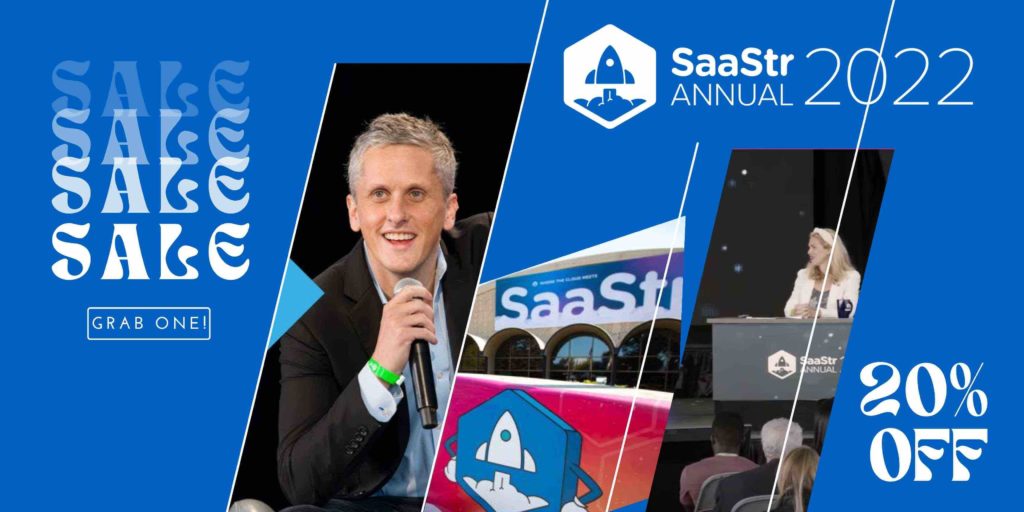Ideally, every company’s growth story would follow a formula. First, you hire your sales team. Next, you enable them to sell your product. Finally, growth occurs when sales, product, and marketing can come together.
In reality, avoidable mistakes stop companies from achieving their true growth potential.
Co-founder and CEO of Insider, Hande Cilingir, talks about what it takes to write a successful revenue growth story. She draws from personal experience scaling a global product company to $1B and shares common mistakes.
Mistake 1: Not accepting your mistakes
Founders can be opinionated, and it’s hard to accept your mistakes. Simple processes can help you understand and figure out your critical errors so that you can correct them. These processes might include listening to employees, getting external feedback, or reviewing your metrics regularly.
Mistake 2: Hiring with urgency
Founders often hire sales teams with urgency, even in a volatile market, resulting in hires who may not be successful salespeople for your organization. Recognize that every product is different. Selling from a renowned company differs significantly from selling from a start-up.
When hiring, do the reference checks yourself. Call their previous employers and find out whether your prospective hire was hitting their quotas. You could even try a mock role-play over a call to test their sales skills.
“If a salesperson can’t sell to you, they won’t be able to sell to anyone else.”
Mistake 3: Hiring non-competitive sales representatives
SaaS is a fast-paced industry. When you hire someone who isn’t used to working in a competitive environment, it’s challenging to adapt them. Many salespeople from big corporations don’t have passion and value for struggle. Only go-getters survive in the SaaS marketplace.

Mistake 4: The lack of enablement
The establishment of the enablement function is vital in scaling a business. While teaching from experience in the early days is acceptable, it’s not sustainable. You need a sales enablement team if your company has scaled to over $10 million ARR. Conduct special presentations and training sessions for your sales team. Teach them to handle objections. Help them adapt to the requirements of enterprise and mid-enterprise sales.
Sales enablement must be frequent to give salespeople vital answers on the product and set up a vertical.
“Better performance and shorter ramp-up times result from a good sales enablement team.”
Mistake 5: Assuming your sales rep is Ironman
We expect a lot from our sales representatives. From increasing competition to new products in the marketplace, there are too many variables for a salesperson to control. That’s why supporting the sales team at every step of the sales cycle is vital. Here’s how you can do that.
- Guide them through product understanding and feature upgrades.
- Support them through the entire sales cycle and purchase process.
- Help them understand the dynamics of different verticals.
Contract processes, packaging, and pricing might change. But sales reps should be able to have a hawk’s eye focus on what is most important: challenging the competitor.
Mistake 6: Losing control over the sales pipeline
If you ask a SaaS founder the most crucial metric for his sales pipeline, they’ll likely say MRR. However, the revenue forecast accuracy and the realization of that revenue each month are more important. Here’s what losing control over the sales pipeline looks like:
- No control over forecast accuracy: SaaS founders don’t know how many leads they’ve generated. Further, they don’t know the number of leads needed to reach targets. Or the revenue their business will generate by month-end.
- Not tracking competitor performance: They don’t know how many deals they’ve lost in the last six months against competitors.
- Not having exemplary sales leadership: The sales lead should not just manage the dashboard efficiently. They should also add value throughout the sales journey.

Mistake 7: Lack of focus on the expansion function
Expansion or retention is the new acquisition. That’s because acquiring a new customer is always more costly than selling to an existing one. Accordingly, the expansion cycle should be shorter than the sales cycle and will likely result in higher MRR. Your expansion revenue should comprise at least 30 percent of your new acquisition revenue.
The expansion function has always been the responsibility of the sales team, but the role is moving towards the customer acquisition team. Their engagement levels with customers are higher, and so is the potential to upsell them. The sales and customer success team can be jointly responsible for expansion products.
Mistake 8: Weak packaging of products
Most people think product is the key differentiation. Packaging can be an important differentiator, too. Understand the needs of your customers and create the right packaging for them. You don’t have to always land with your entire product stack. Rather, land with a specific product and expand it in time.
“How you package and sell products is an indicator of expansion opportunities.”
Mistake 9: Avoiding Proof of Concepts
Don’t shy away from giving POCs. Let customers taste your product. It initiates selling and helps customers understand the value you offer from your product.
“At Insider, we give our customers a three-month paid POC. Like a gym membership, you’ll never use it if it’s free. We have an 80% conversion rate for our POCs.”
Mistake 10: Not pricing for organic growth
Price your product smartly so your customers feel you’re invested in their growth as much as yours. Help them to see the value they can derive from your product. Once you do that, they see you as a strategic partner rather than just a service provider. Proper pricing helps your business grow organically in the long term.



